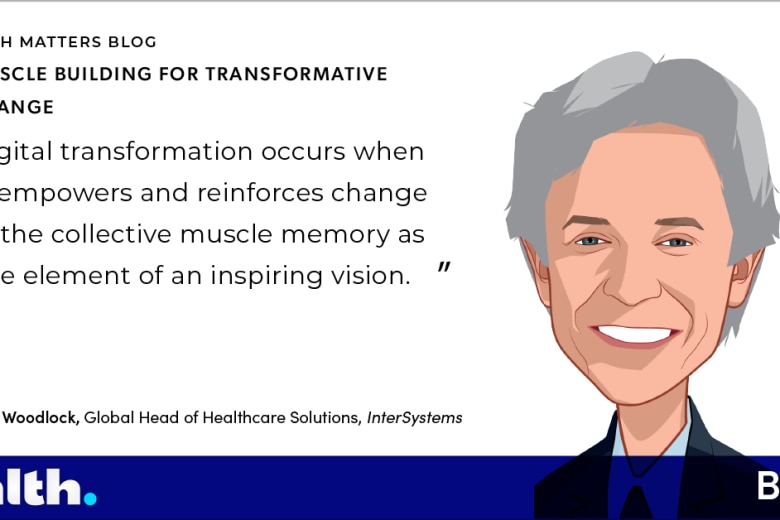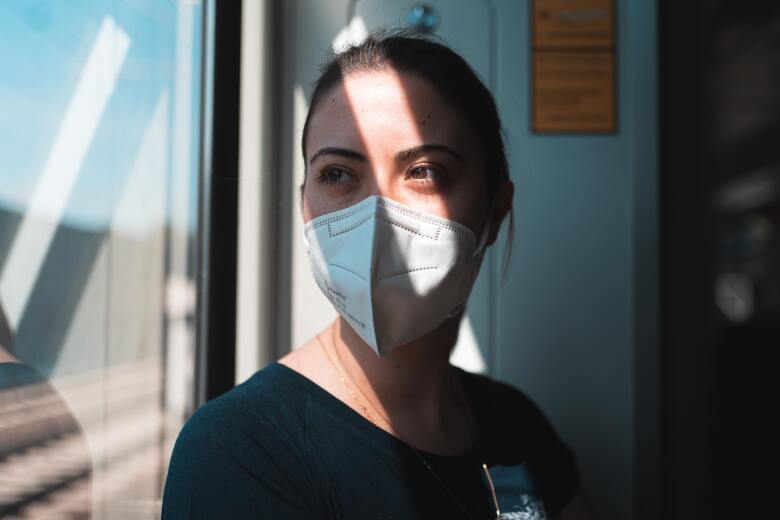When my children were little, we never went to a restaurant without a set of those “dot-to-dot” booklets for entertainment. Assuming you followed the correct sequence of letters or numbers, a picture would emerge. If the puzzle was too difficult, you might see only a disjointed tangle. More importantly to us, though, the exercise would ensure a positive dining experience for both our family and the other restaurant patrons.
More recently, I’ve spent a lot of time talking with healthcare providers and executives about the changing nature of healthcare delivery. We sometimes go through an exercise of listing the participants in their value-based care networks – the result looks not unlike one of my children’s dot-to-dot books before they connected the lines. Besides the central figures – patient, physician, hospital, payer – and the extended participants: pharmacies, skilled nursing facilities, home care providers, and others – we now have a network of social services agencies. For example, the Department of Veterans Affairs, schools, clinical researchers, child protective services, and a host of others may play a role in the care process. They all need to be connected to see the patient clearly. They all need to be connected to ensure a positive care experience.
The healthcare IT analyst organization KLAS just published its Interoperability 2017 report. The subheading, “First Look at Trending – Some Progress toward a Distant Horizon,” summarizes the findings well. This is the 4th report KLAS has produced about how well Electronic Healthcare Record (EHR) vendors in the U.S. are supporting information sharing to care for individual patients. While the report shows progress, even the best performers achieve what KLAS refers to as “deep interoperability” only about 26% of the time – and that is when information is being shared between health systems using the same EHR vendor.
Perhaps more discouraging to me is that these findings look primarily at connections between hospitals and physicians – that is, only a small portion of what is required to connect all the dots. While KLAS is expanding its measurement to include other elements of the care process in future studies, we can take a pretty shrewd guess at the likely results in most organizations.
We know from our own work that there are exceptions. In the United States, public health information networks like CurrentCare in Rhode Island or Hixny in New York are successfully connecting the entire spectrum of care participants. Organizations such as Lincolnshire Health and Care – a collaboration between health and social care providers in England – and Northwell Health – a horizontally and vertically integrated delivery network in New York, have created clear images of their patient populations with connected health records. One commonality in these exceptions is that they go well beyond the bounds of simply connecting EHRs.
The KLAS report tells us that we have a long way to go as an industry to create the positive connections we know are needed. We at InterSystems are committed to making those connections a reality. We are committed to continued software innovation, and to continued partnership with standards organizations, with our customers, and with KLAS to ensure we can consistently see our members, citizens, and patients clearly, and create a positive healthcare experience for all. In short, to connect the dots.




































